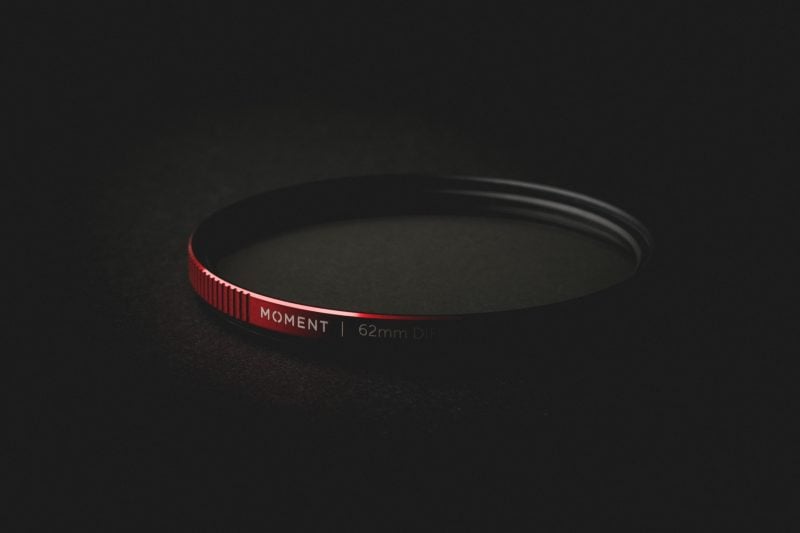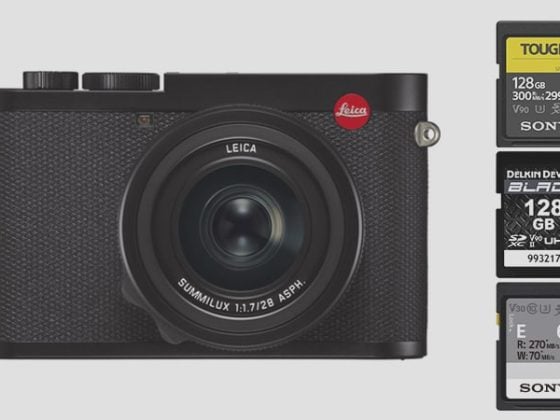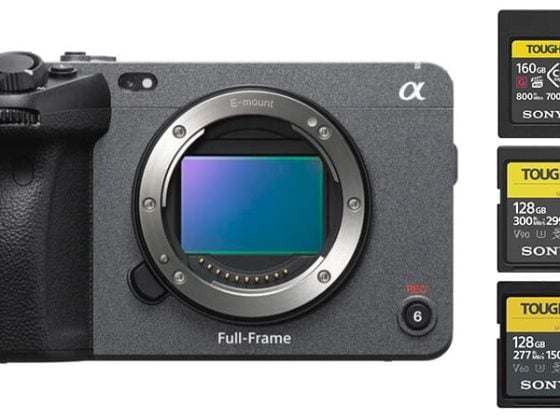The CineBloom Diffusion Filter from Moment helps you achieve a dreamy, vintage film-like effect in your footage. With various densities, these filters soften hard edges, smooth skin tones, and reduce the appearance of wrinkles. They also catch and bloom light, creating a more organic or classic feel to your digital photography.
The filter’s ring is made from aerospace-grade aluminum, designed to be thin enough to stack underneath other filters without affecting the field of view.
Key Take Away
If I had to summarize what this filter is about, I would say it’s more of a Mist filter, when light hits it, it blooms the whole image with a mist effect, and you’ll get less contrast as the blacks are lifted as the highlights bloom. It’s great for portraits and videography because the effect is consistent, whereas with the Black Mist filters, the effects are mostly localized around the light sources, and it can feel more obvious that there is a filter effect.
I don’t think CineBloom filters are a replacement to the Tiffen Black Pro-Mist filter because the effect is different. Same with the Tiffen Glimmerglass filters, the effect is different as they mostly reduce some of the digital harshness without adding much of a diffusion mist effect.
Check out this comparison between the best diffusion filters to see how the CineBloom stacks up and if it’s right for you.
Moment CineBloom Diffusion Filters – ShopMoment – Amazon – B&H – Adorama
Moment Cinebloom Diffusion Filter Review
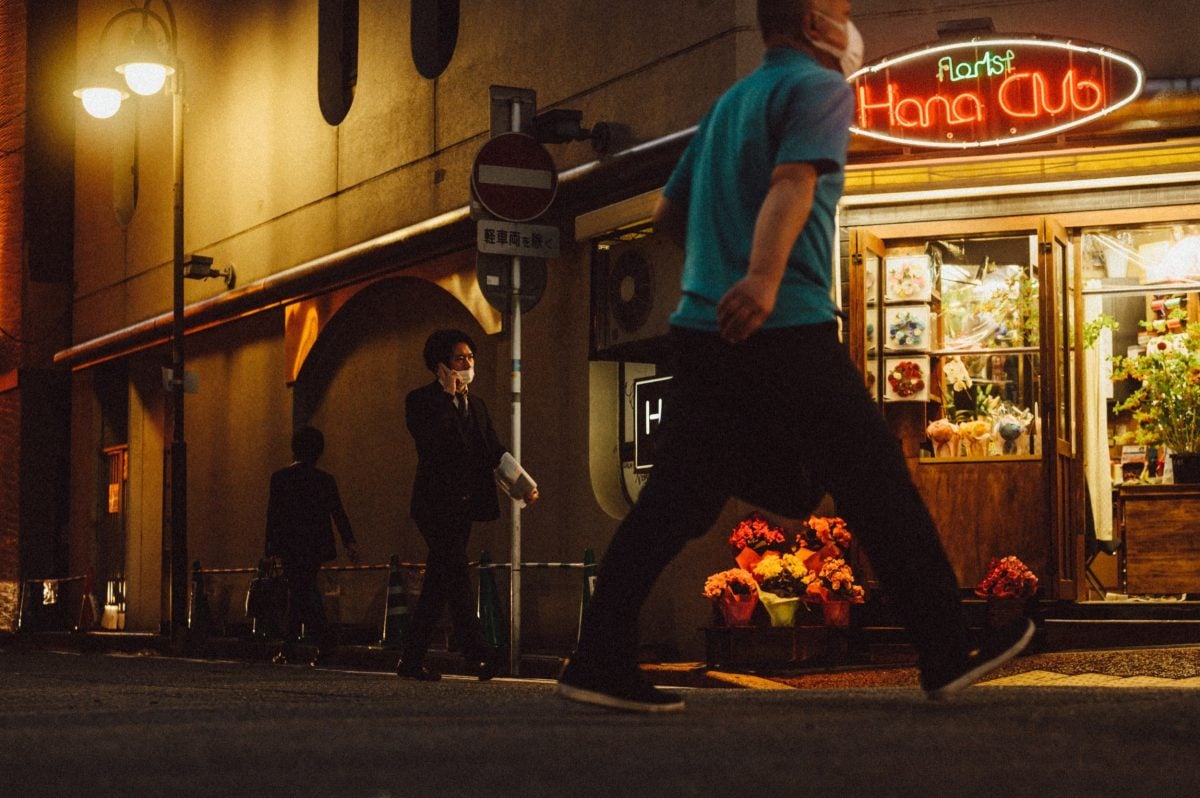
In this review, I’m utilizing the Moment Cinebloom Diffusion filter at 10% in combination with the Nikon Z6 and 50mm f1.8 lens.
What makes these filters exceptional is the subtle glow they create, which gives a touch of classic aesthetics to our modern lenses. This effect reminds me of a more exaggerated “Leica Glow” that you get from older classic lenses before the advent of modern coatings; the Helios 44-2 lenses come to mind. Alternatively, you can even get a subtle glow with some of the modern classic lenses that use single coatings or no coatings, like the Voigtlander SC lenses, and even some of my Kipon lenses produce a nice glow in some situations. Now, with these filters, you can add extra character to any lens without compromising image quality.
Moment primarily markets these filters to videographers and cinematographers, but I find them particularly useful for street photography. They help to remove some of the digital crispness to create a film-like appearance, which is the look I’m going for.
But I would consider this more of a mist filter for a more glamour noir portrait effect.
I’ve included a sample image taken during the day that exemplifies the effect of the filter. The highlights have a halation that is very reminiscent of film stocks. When I apply my Aged presets on top of this, I achieve a look that is incredibly close to a film-like appearance.
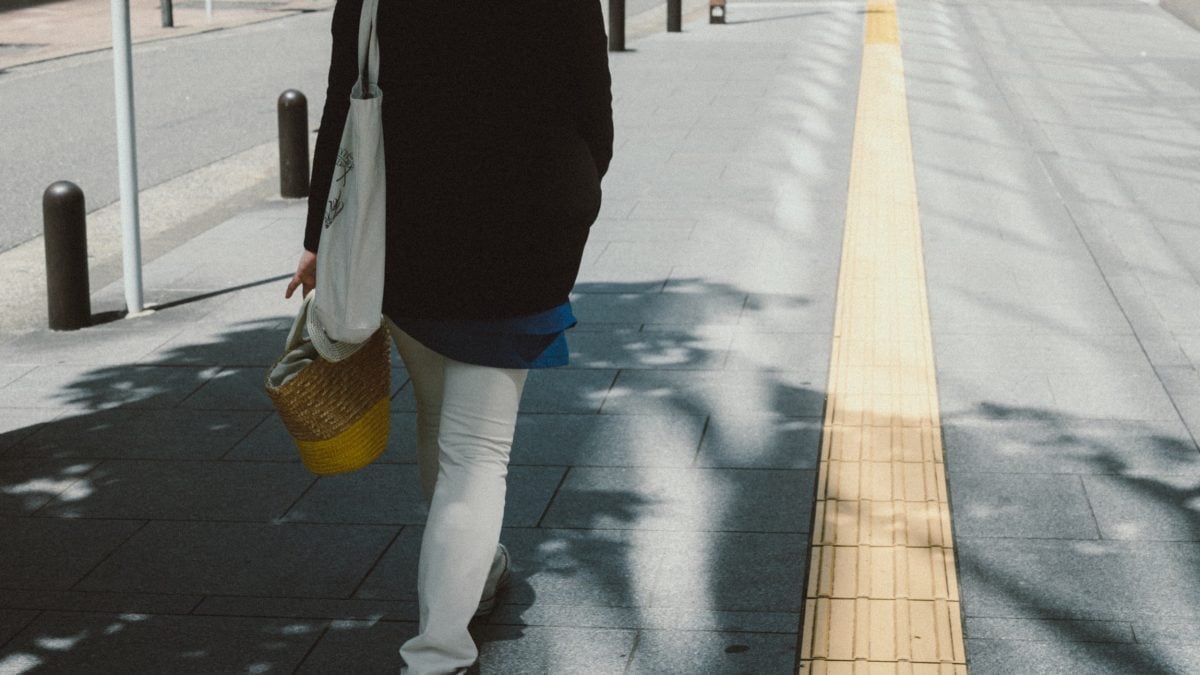
Unedited Sample At Night
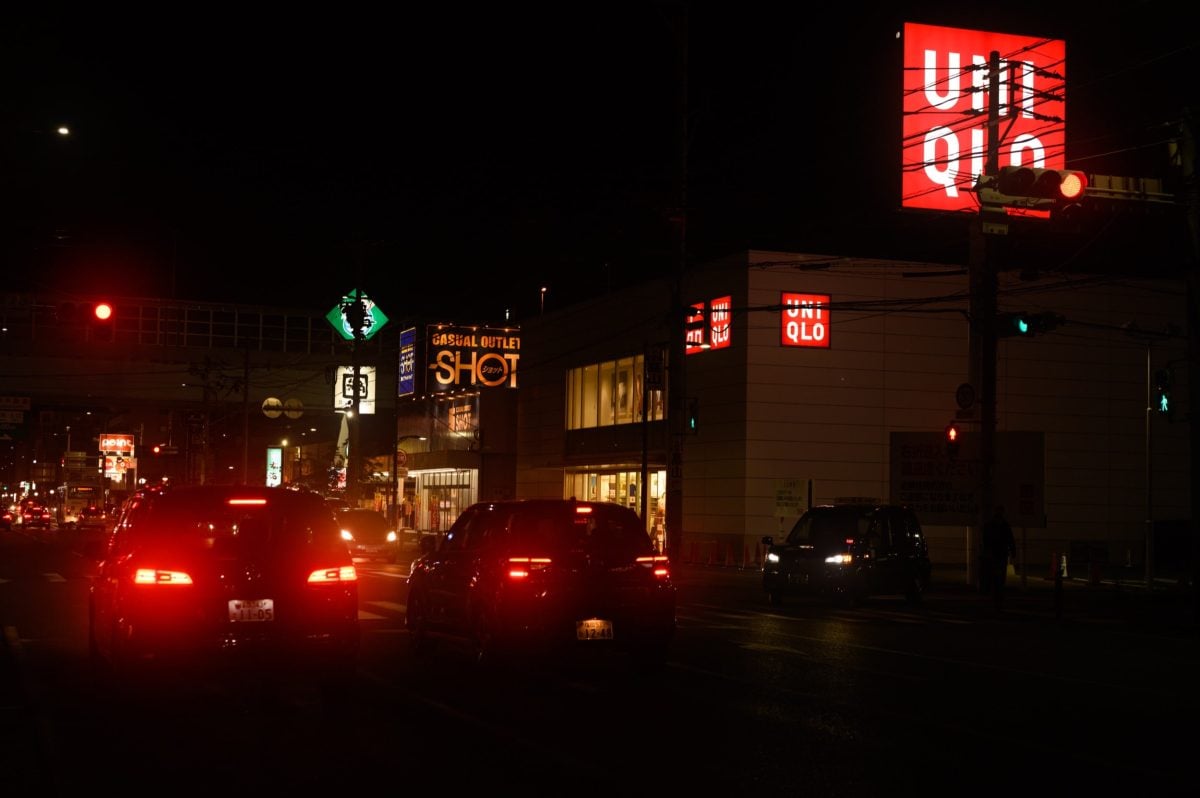
Unedited Samples – Day
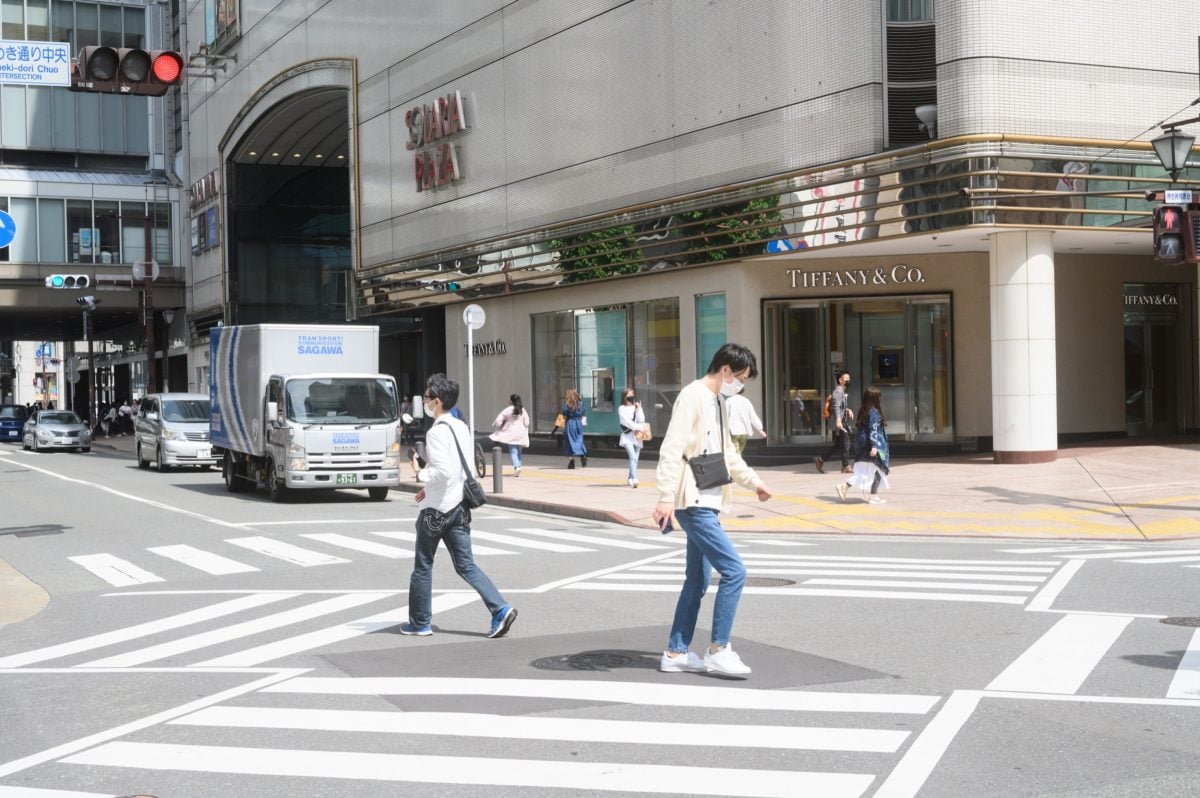
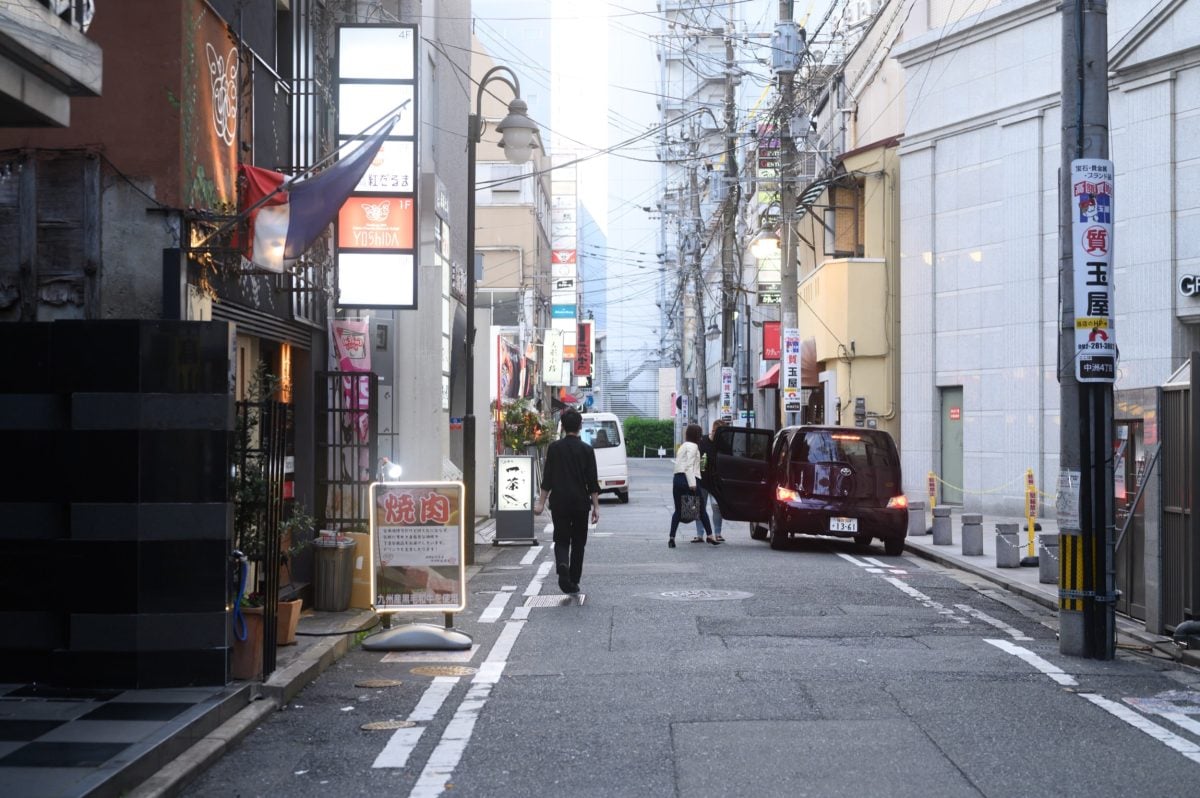
Moment Diffusion Filter Build Quality
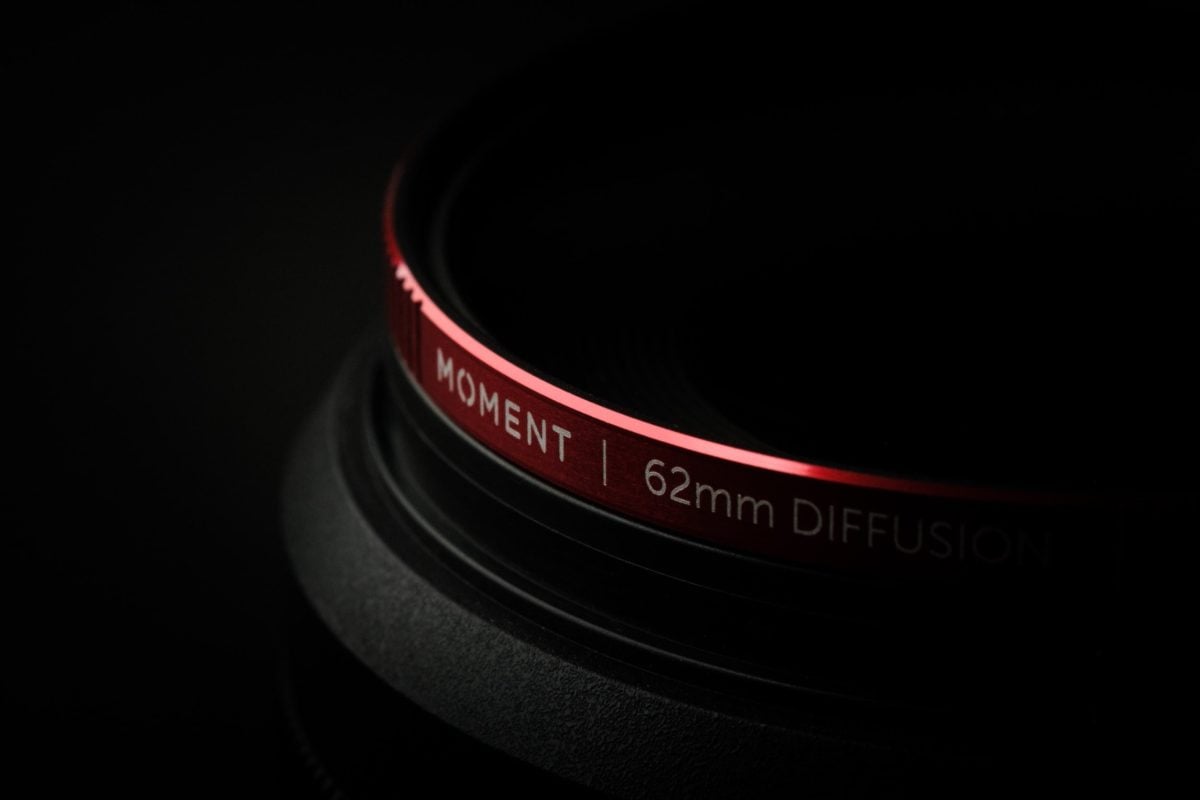
The Moment soft filters consist of white nanoparticles sandwiched between two layers of Japanese glass. The filter ring is crafted from aerospace-grade metal and the filter still feels superior to other cheaper brands. The metal material has a softer texture, while cheaper filters have a cold and hollow feel to them.
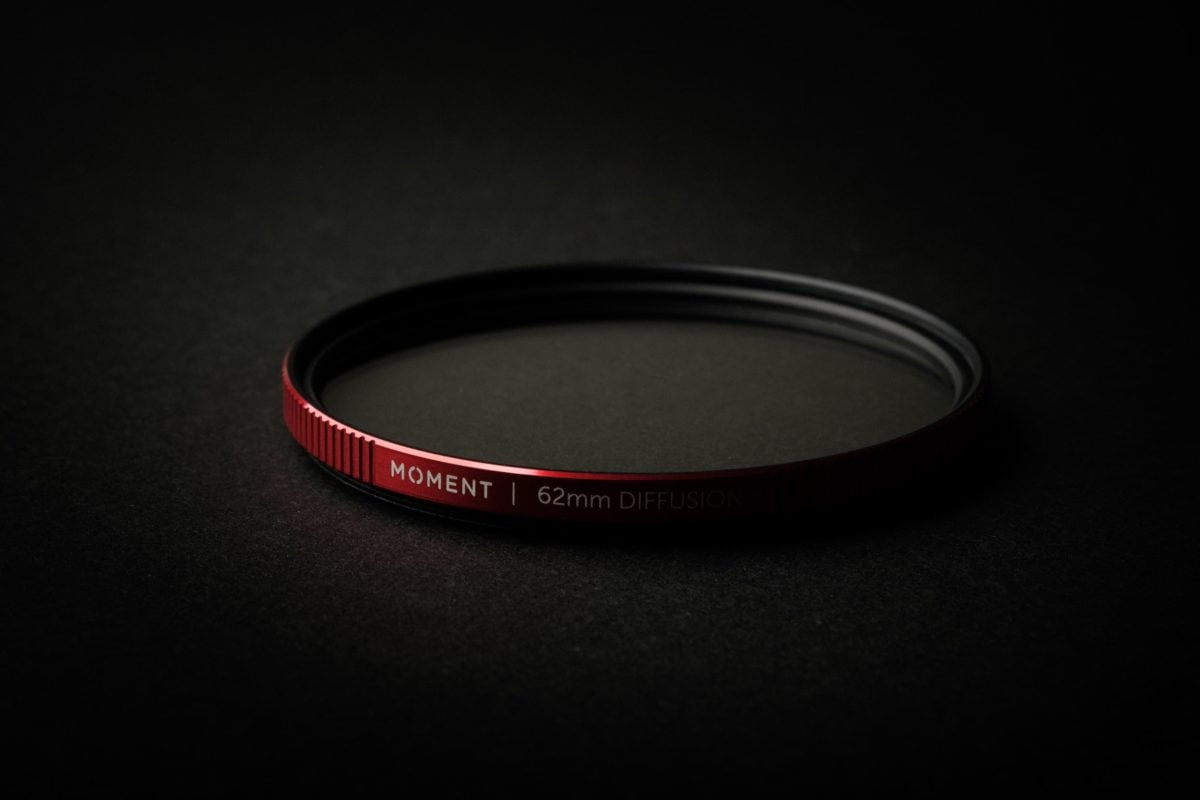
We’ll see how these Moment filters hold up, and I have to say they do feel nice compared to the cheaper brands. They are very smooth when you screw them on or take them off, unlike the cheaper ones, which feel almost sandy or gritty and gross.
The additional red accent to the lens also looks really nice with Nikon mirrorless or some Leica cameras, which also use red in the design.
The Cinebloom Diffusion filters come in three different powers – 5% – 10% and 20%. I bought the 10% and that’s what you see here. Keep in mind, if you buy the 5% and think you’ll get less of an effect, you will, but the glass is still uncoated and you’ll still get a glare or a softening of contrast when in bright lighting.
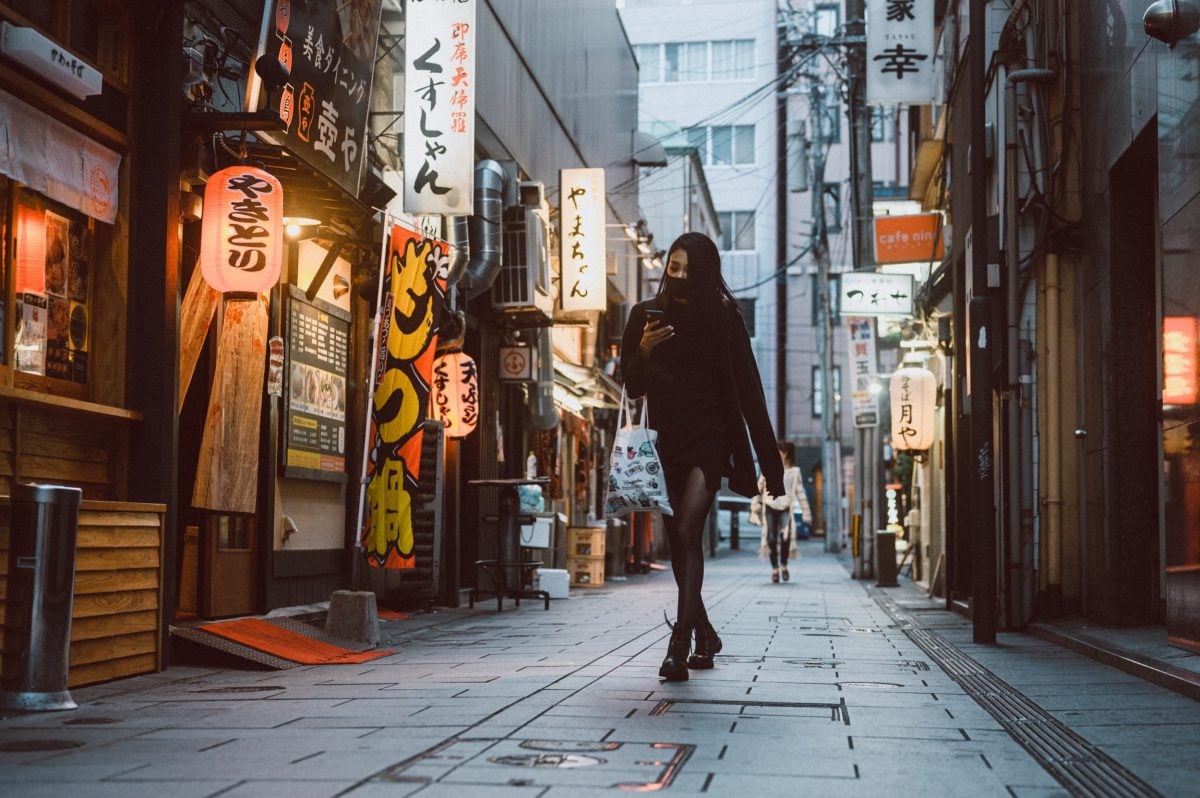
– You can see here in this sample, a soft diffusion on the lights, but then in the very bright lights of the background, there is almost a glow. Also, around the bright areas, the contrast is a little softer, and the blacks feel a little lifted because of the way the light is scattered.
Moment Cinebloom Diffusion Filter Review | Bottom Line
There are several soft filter brands available in the market, each with a unique appearance. Some soft filters are multicoated or uncoated with black particles, while others are uncoated and use white particles. You may have heard of Tiffen Glimmerglass or just their Pro-Mist filters.
Out of all the soft filters, the Moment filters stand out as one of my favorites due to their uncoated, high-quality metal build.
But the use case is specific for me since the diffusion spreads throughout the whole image, you get lifted blacks and less contrast.
Another filter that I really appreciate is the Tiffen Black Pro-Mist at 1/4, which offers a more controlled look. I highly recommend both of these filters.
The build quality of the Moment filters is top-notch and on par with Tiffen filters. Additionally, the red ring design adds a cool look, and the bright color makes it easy to spot when the filter is attached to your lens.
Sample Images – 10% Power
These sample images are all shot on the Nikon Z6 with the Z 50mm f1.8 and colored with my Core Presets. For these night shots, I shot with the cloudy white balance, which gives me very orange and yellow photos under this lighting, and I also under-exposed by about 1 stop. I used the Nikon Standard Profile since it adds a nice blend to the colors compared to Adobe Color or Adobe Standard, which feels a little harsh at times. On top of that, I layered my presets and did very little editing other than that.
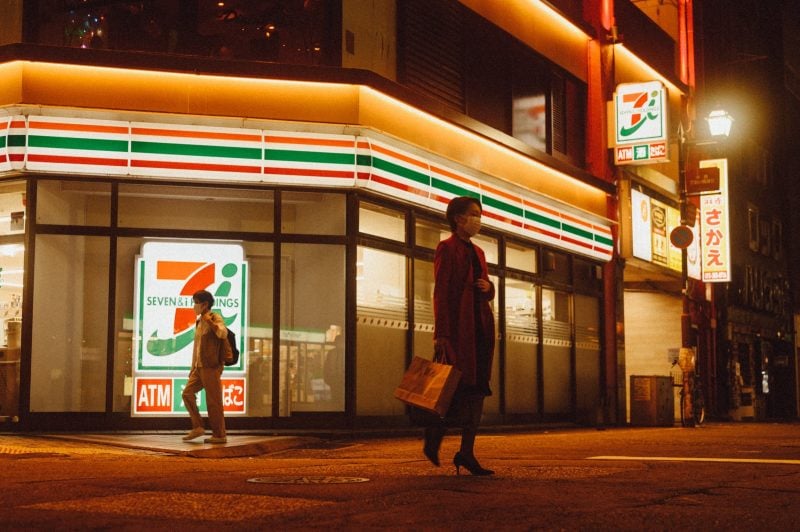
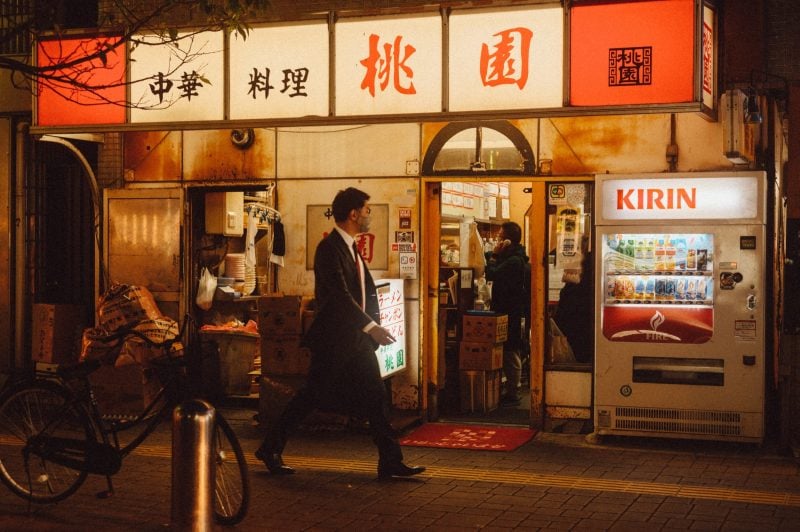
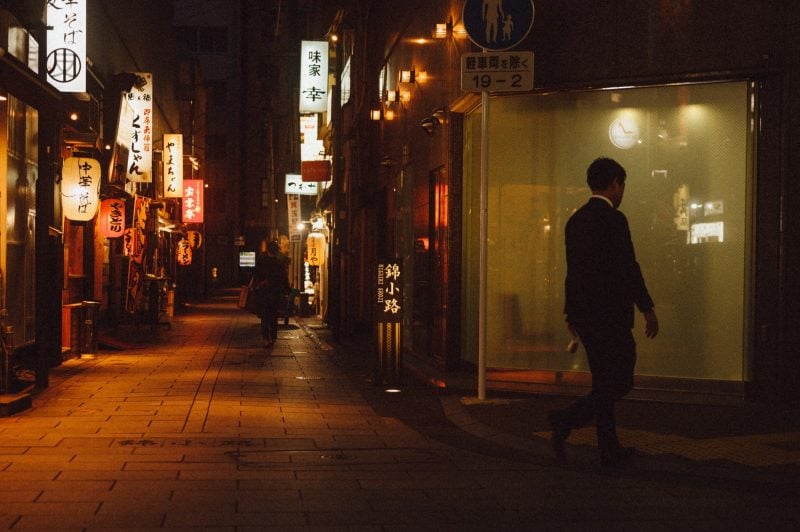
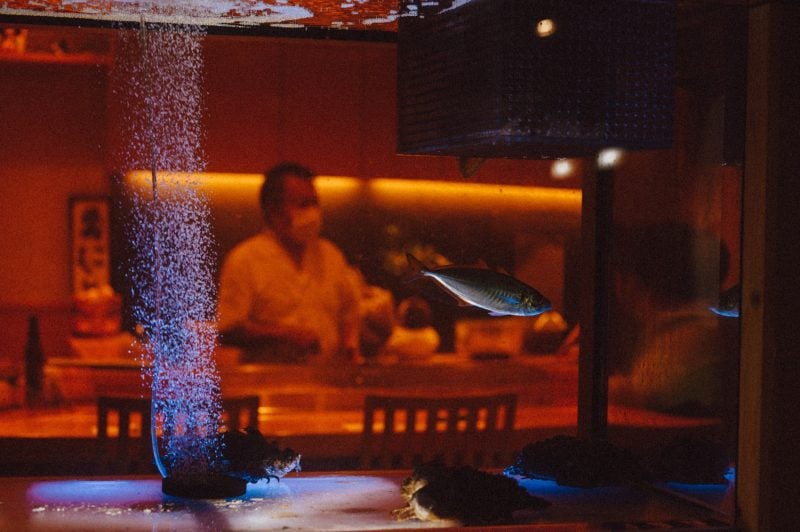
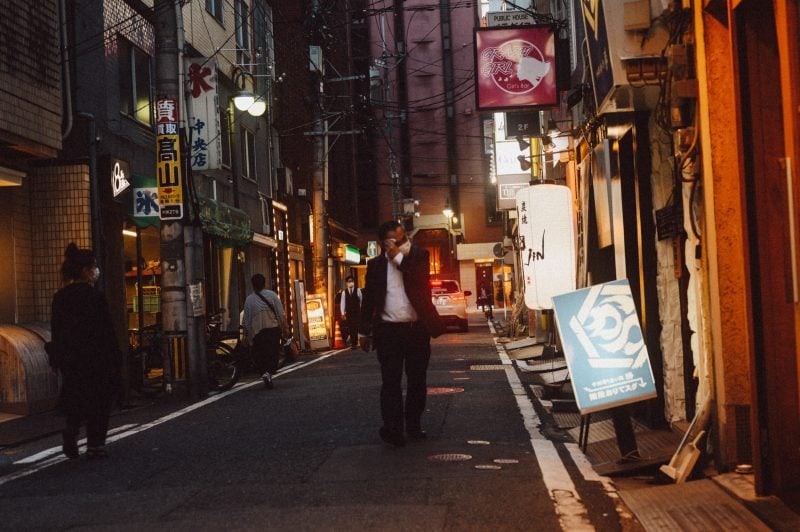




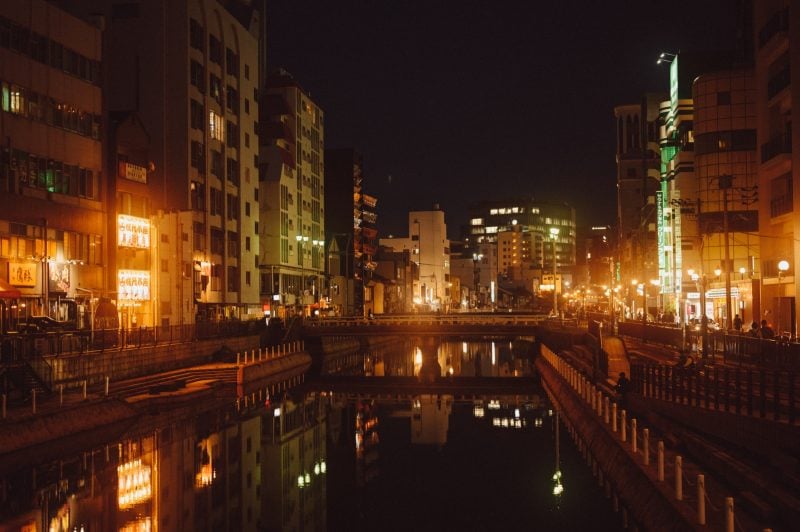
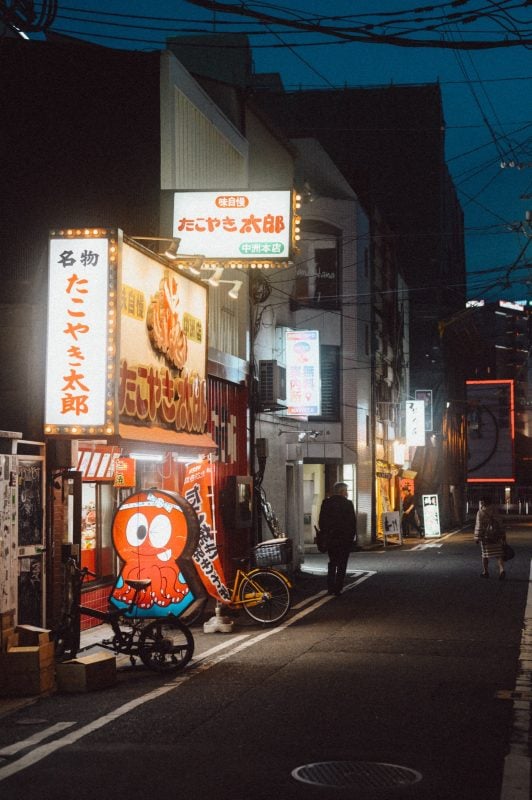

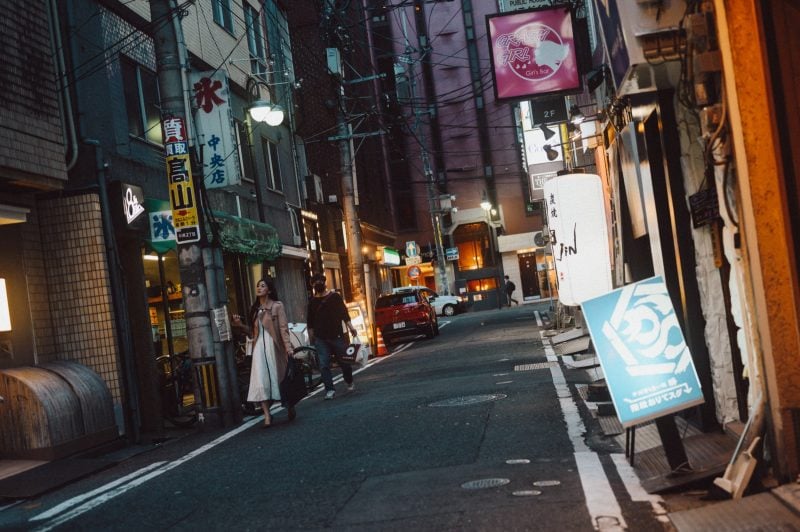
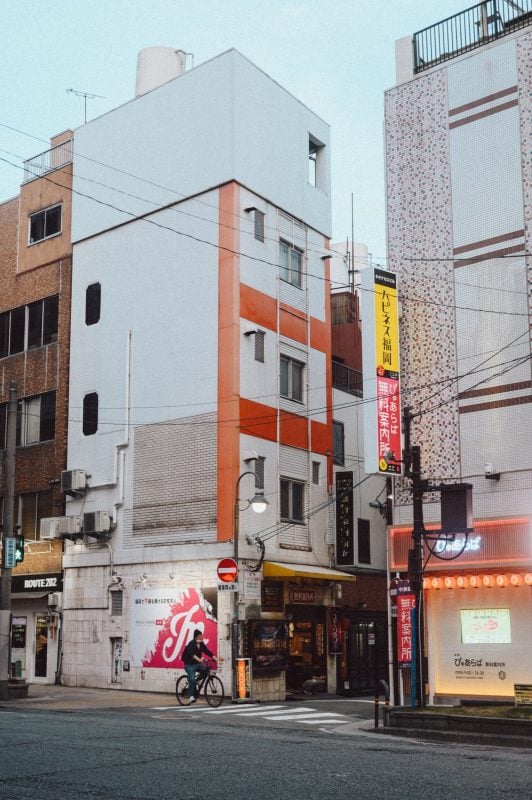
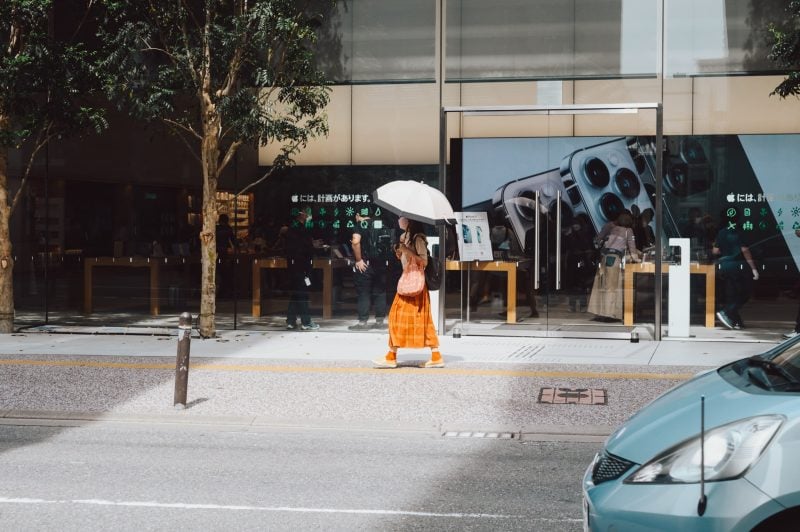
| **This website contains affiliate links. We will earn a small commission on purchases made through these links. Some of the links used in these articles will direct you to Amazon. As an Amazon Associate, I earn from qualifying purchases. |

